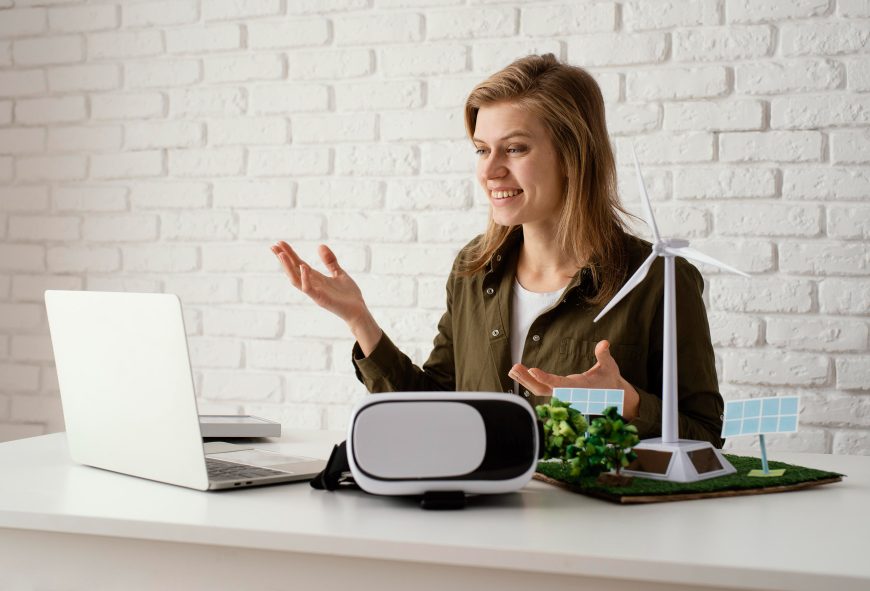Only a decade ago, the idea of waking up and immediately being greeted by a digital system that not only delivered the weather forecast but contextualized it in terms of personal relevance—perhaps reminding you that the rain might affect your commute or suggesting an alternate jogging route—felt futuristic. Yet by 2025, this is the quiet reality countless people experience daily. The morning ritual has shifted beyond simple one-way notifications into a dynamic exchange: voice assistants are no longer passive devices that repeat information, but intelligent companions that interpret the nuance of one’s habits and preferences.
By midday, the presence of AI has dissolved so effectively into the background of daily life that most people barely realize when it is guiding them. Health applications, for instance, are no longer satisfied with counting steps or logging meals. They continuously track hydration balance, stress indicators detected through subtle biometric cues, and even cognitive patterns—like when your focus begins to wane after too many hours of uninterrupted work. Instead of issuing generic reminders, these systems predict when a break will restore productivity most effectively, when caffeine might actually hurt more than help, or when a quick walk outdoors will do more to energize both body and mind. Far from feeling clinical, this guidance usually feels personalized, like advice coming from a trusted friend attuned to the rhythms of your day.
The evening continues this trend. When people finally unwind, entertainment platforms now offer recommendations that feel startlingly accurate—not because they simply track what you watched yesterday, but because they infer mood from tone of voice, daily activity levels, or even subtle typing patterns. A stressful day might prompt the AI to suggest lighthearted content that quiets the mind, while a high-energy afternoon might lead to the suggestion of an intellectually stimulating documentary. This is where the boundary between tool and companion blurs most clearly: instead of presenting endless “content libraries,” these systems respond more like human curators who sense social and emotional context.
All of these developments together suggest a deeper transformation. Artificial intelligence in 2025 does not replace human effort so much as reframe the way decisions are made, routines are performed, and daily life unfolds. It offers a balance: efficiency without sacrifice, comfort without intrusion, and subtle guidance without removing autonomy. What was once regarded as futuristic gadgetry has become an unobtrusive yet powerful part of the ordinary.
Beyond the confines of personal lives and households, artificial intelligence has become a civic and societal cornerstone by 2025. In transportation, for example, citywide networks are actively fine-tuned by AI systems capable of adjusting traffic lights based not just on congestion but also on larger environmental concerns such as air quality and carbon output. This approach has made commutes smoother and simultaneously decreased pollution in high-density areas—a synergy of personal convenience and collective benefit that would have been difficult to imagine years ago.
Education, too, has undergone profound change. AI-based learning tools are now able to meet learners exactly where they are, responding to individual pace, style, and comprehension struggles. Children who once faltered under rigid, one-size-fits-all approaches can now explore customized pathways tailored to their needs, while advanced learners can leap ahead without waiting for the rest of the classroom to catch up. Teachers increasingly see themselves not just as knowledge transmitters but as facilitators of creativity, while AI handles the personalized scaffolding.
In finance, the transformation runs even deeper. Rather than simply tally expenses or categorize spending, AI now acts like a proactive safeguard—detecting spending patterns that might hint at impulsivity, flagging unusual activity indicative of fraud, or gently warning users when creeping financial behavior puts them at risk. Instead of after-the-fact accounting, financial well-being is framed through foresight and gentle nudging toward stability.
Even government frameworks are evolving. Public services, often criticized for inefficiency or long wait times, are being reorganized with AI assistance. Systems can now anticipate common needs—such as automatically preparing tax filing assistance or streamlining renewals of documents—long before the citizen begins the process. Bureaucracy, once a source of frustration, increasingly feels like a background presence that disappears into seamless interaction.
What emerges from all of this is a world where artificial intelligence is no longer positioned as a novelty feature or a futuristic luxury. It is the connective tissue between personal lives, professional systems, and public institutions. Instead of existing as fragmented apps or gadgets, it functions more like an invisible infrastructure that supports life at every scale and in nearly every domain. Ordinary tasks once considered tedious—commuting, paying bills, planning meals, navigating civic systems—now flow almost without friction, guided by a layer of intelligence that is context-aware and adaptable.
By 2025, we are witnessing not only an improvement in efficiency but also a redefinition of what “ordinary life” means. Artificial intelligence has moved beyond innovation and into integration, shifting human activity toward a way of living where intelligent systems feel less like tools and more like extensions of our own routines, rhythms, and communities.
✅ In summary: AI in 2025 is not about flashy futuristic robots—it is about a quieter, steadier transformation of the everyday. It is the invisible assistant that curates, anticipates, and optimizes without demanding the spotlight, weaving itself into the fabric of daily life until what once felt extraordinary is now simply the new ordinary.










